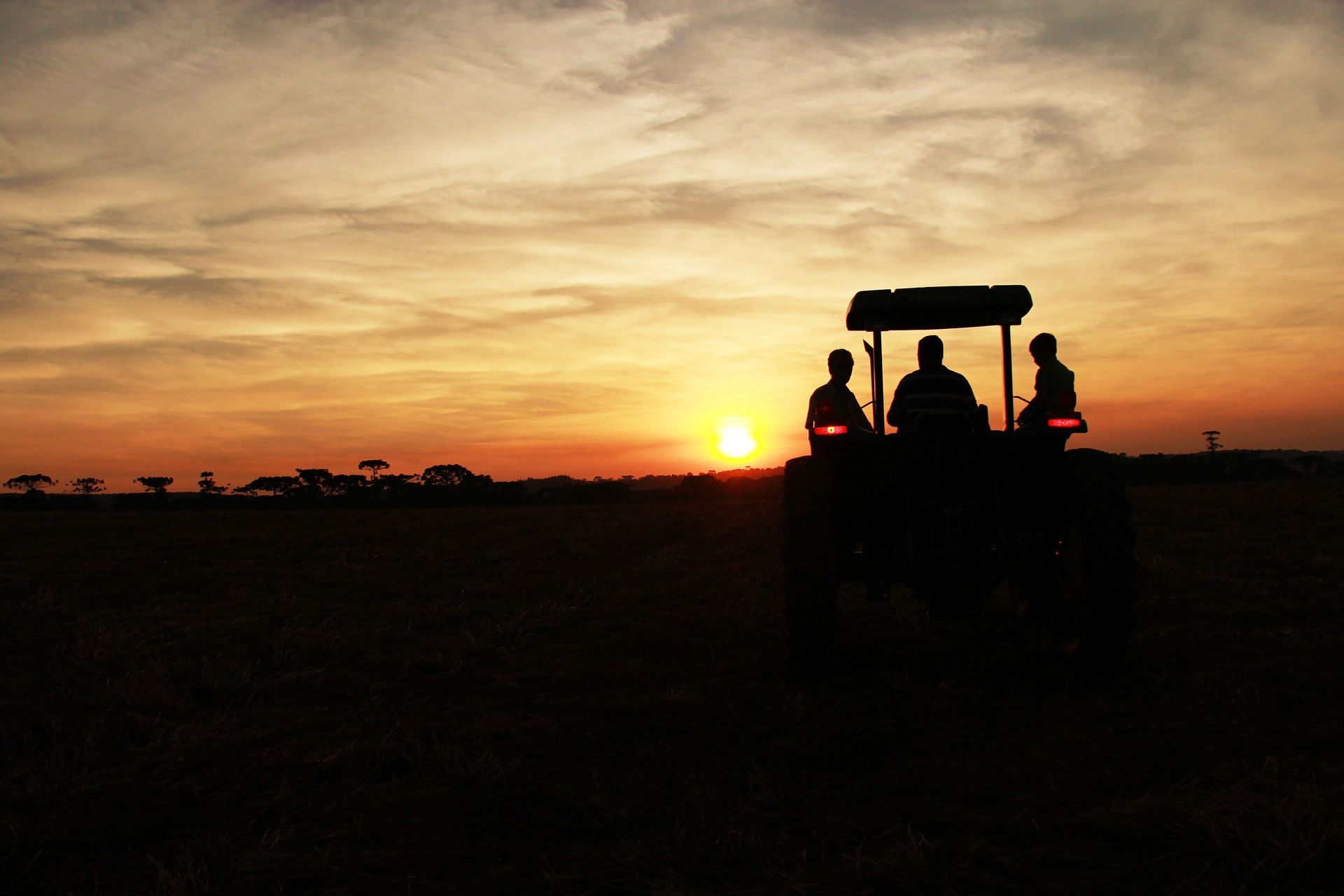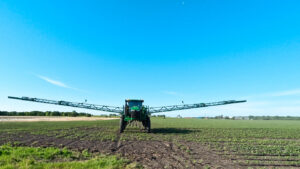Even before President Trump got the opportunity to enact the aggressive immigration crackdown he promised in his campaign, farmers were talking about leaving crops in the fields to rot due to a lack of labor. It came up at a congressional hearing on food waste in May of 2016. In that hearing, John Oxford of the Produce Marketing Association said: “We can import labor, or we can import our fruits and vegetables.” An 2012 NRDC report estimates that 20% of produce grown in the US doesn’t leave the farm either because farmers can’t find enough labor, or because the cost of labor isn’t covered by the potential revenue of the crop.
It came up again before the House Agriculture committee again on July 12 when Wonderful Citrus vice president Paul Heller testified that the industry had lost about 140,000 foreign workers over the last five years, causing labor costs to rise as much as $8,400 per acre.
Record deportations in the Obama era along with anti-immigrant rhetoric from President Trump have “doubled” the labor shortage, said Western Growers Association President Tom Nassif told AgFunderNews. “Without immigration reform and a useful guest worker program in the US, we need to try and develop ways to rely more on our own ingenuity and tech solutions rather than on the government.”
He continued to say that what Washington DC presents as the answer to a lack of immigration reform is the H2A visa. “The H2A program has not worked; the process is lengthy and cumbersome, and the fact that it requires employers to provide housing is a great deterrent,” said Nassif.
At the recent Forbes AgTech Summit in Salinas, California, those sentiments were echoed by growers and stakeholders.
“The [workers] that are here are just not enough for what we need to harvest. This political instability has made our region suffer a lot when it comes to harvesting the food that we eat,” said strawberry and vegetable grower Javier Zamura on stage.
In Salinas, voices from the specialty crop industry and the robotics startups looking to serve them, seem to converge on the idea that though robotics, automation and further mechanization are more and more visible, in the fields and in the media, they won’t be subbed in for field workers like bench-sitters at a basketball game.
The labor shortage will need to be addressed by both industry and government if food production is to stay on course.
What might seem like a natural incentive for workers to stick around is the minimum wage hike in California, which will increase incrementally until it reaches $15 in 2023. But Zamura said that the wage hike isn’t solving the problem either. He said, “Paying anybody lots of money doesn’t necessarily mean we’re going to solve our labor issues. That’s a short-term solution. Growers are already competing against each other.”
As with the farmers themselves, an aging workforce is also an issue. “We’re faced with a labor force that’s reaching retirement age and aging out of work,” said Brian Antle, harvest manager for lettuce and vegetable grower Tanimura & Antle.
Robots: Are We There Yet?
“Automation is finally becoming possible for a lot of the crops that consume large amounts of labor,” said Dan Steere of Abundant Robotics whose apple-picking robot will be on the market next year with $12 million in funding to date behind the company.
Blue River Technology has automated weeding and lettuce trimming machines on the market, and a “see & spray” precision pesticide applicator soon to hit with $30.5 million in venture funding so far. Soft Robotics, that’s raised $5 million in total funding, is creating a robotic arm capable of grasping delicate items like fruit, which Agrobot and Harvest Croo are creating automated strawberry pickers.
According to AgFunder data, Robotics, Mechanization and Equipment startups only represented 3% — or $109 million — of overall agtech funding in 2016, highlighting that it still represents just a small portion of this sector.
Antle says that harvesting is something robotics are good at, but that the finer motions and decisions that come next are another story; this means that the machines don’t necessarily decrease the need for headcount yet.
“It’s gotta replace the person that’s gonna pick up that head [of lettuce], know what size it is, know how dense it should be, peel the delicate leaves off it, decide what box it should go in, wrap it in a bag, tape it, and make it presentable to the store. That’s the hardest piece right now. We’ve made a lot of progress, from planting to cutting, but it kind of stops at cutting,” said Antle. He added that robotics makers are not used to accounting for field conditions.
“There is [robotic] equipment that exists that can do it, but as soon as you tell them you want to weld it onto a machine and put it out in the field and it’s gonna get rained on and worked 24 hours a day and get banged around every day — you realize it’s not quite there yet,” said Antle.
A New Kind of Labor Tech
So robotics can pick, weed, trim and in some cases pack, but what is clear is that a smooth, industry-wide conversion from human hands to robot arms is not on the way, and forecasts are getting more moderate, coincident with a slowdown in funding for the sector.
Robotics “won’t be a general purpose thing that rolls across every one of these sectors at one time. It will be specific aspects of different production systems that get automated,” said Steere, who put the timeline for significant penetration of robotics into farm labor at five-to-10 years.
So considering that no political progress is expected, it begs the question: what kind of tech could help retain workers if they aren’t replaceable yet?
A few startups are working on it.
Ag For Hire was a chat-bot enabled hiring app that interviewed prospective agricultural workers developed at the University of California, Davis. The founders have since transitioned to a more general purpose automated recruiting tool called Wazlo that they say will launch later this year. It is yet unclear whether this tool will cater to agricultural labor or not.
Food Origins is a smart farming platform looking to create a scorecard for pickers that is integrating with their payment requests. Workers get an individual barcode so that an automatic request for payment is submitted with every crate of berries they pick, for example. Then Food Origins tracks where and when that scan took place and keeps stats on the workers. Founder Nathan Dorn equates most current farm labor management practices to “a baseball team without a stat book. Now, with everybody having a baseball card, you will know who the stars are.”
Dorn hopes that the stats will give farmers a more solid foundation for wage negotiations and says that the data around picking speed and volume could also give the producer a better baseline when reviewing automation options.
“I think we can force the robotics companies to do better for us. Automation is an answer, but it must be relative to what your current costs are,” Dorn said.
Dorn also builds prototype machines for some of the biggest names in agriculture and sees the benefit of his platform for the robotics companies too. “So many things I’ve built for the industry do not have the traction that they could because we don’t have adequate data to explain the difference [to farmers].”
The transition from a hand-picked food supply won’t be smooth, uniform or easy. What’s more likely is that just as robotics have some distance to go to work in various fields, the field itself will change as well to better meet the capabilities of the robotics. But barring political progress, more labor-related tech solutions could fill a growing gap that no single company can tackle.




